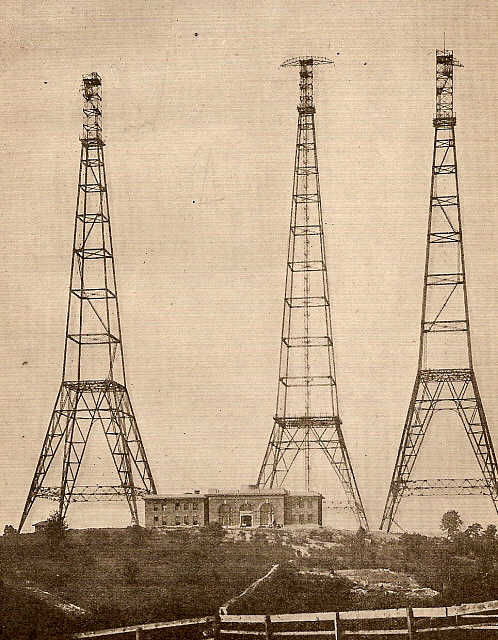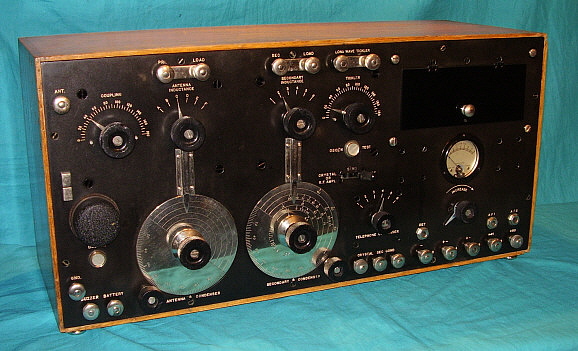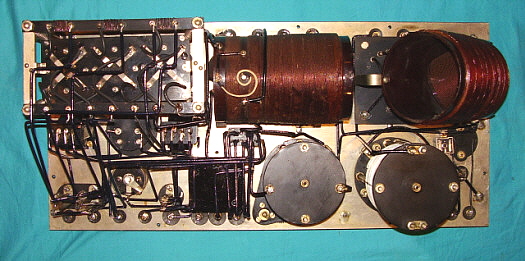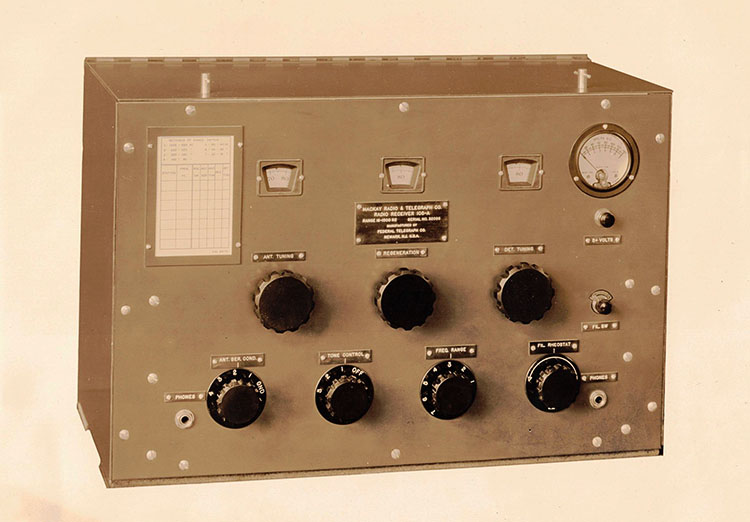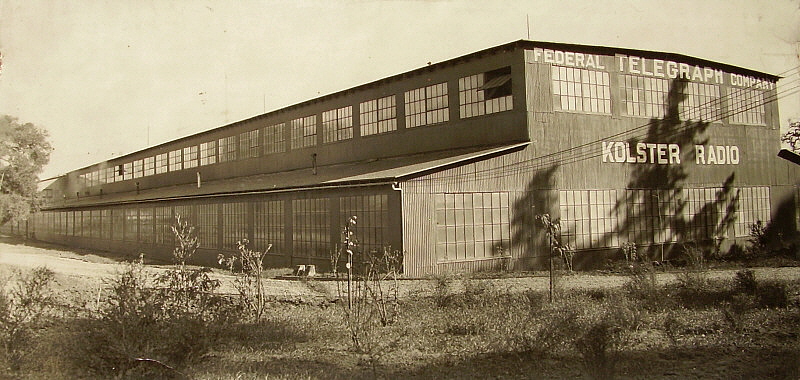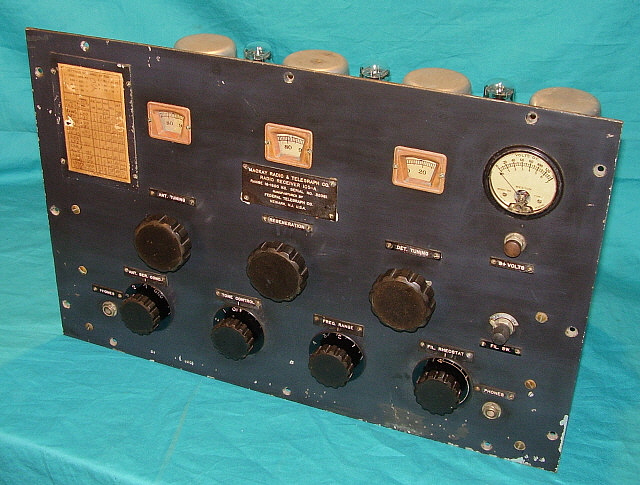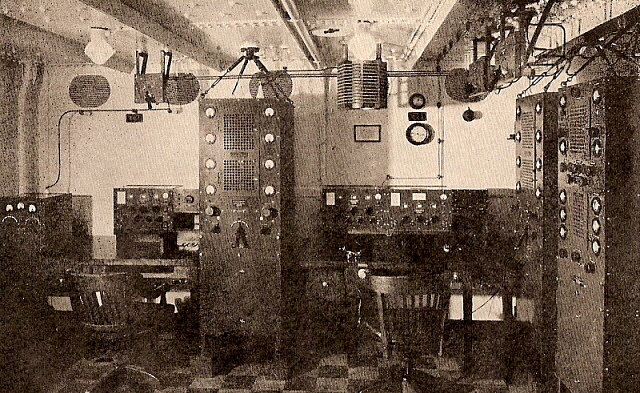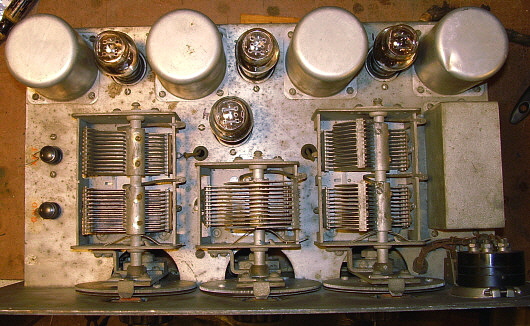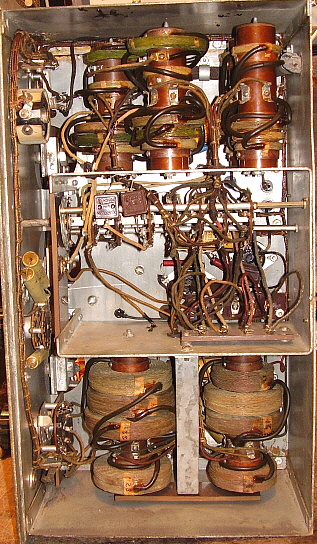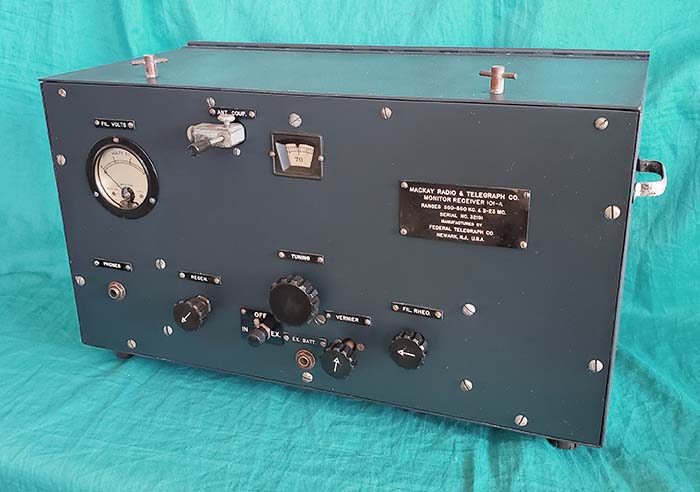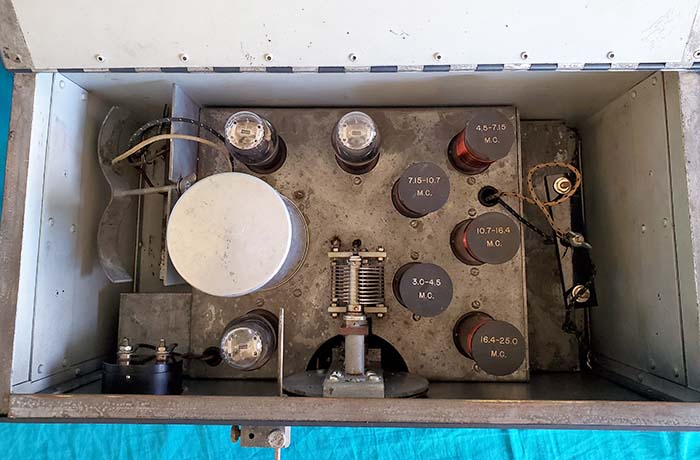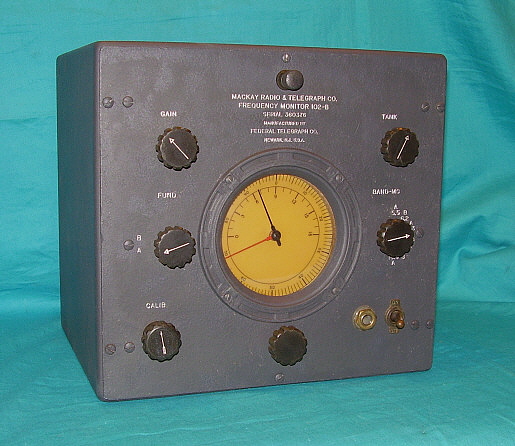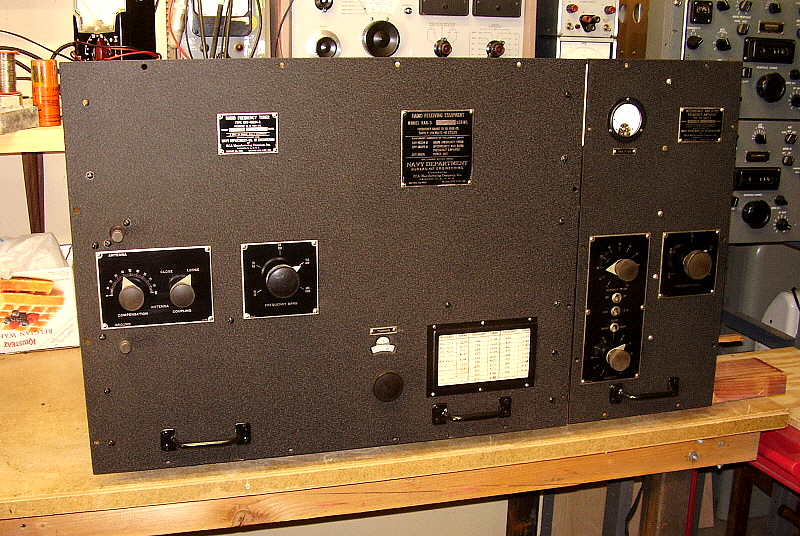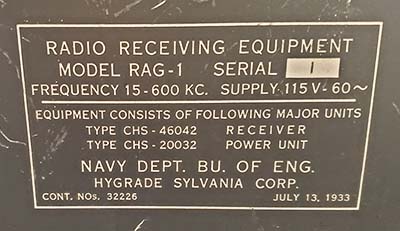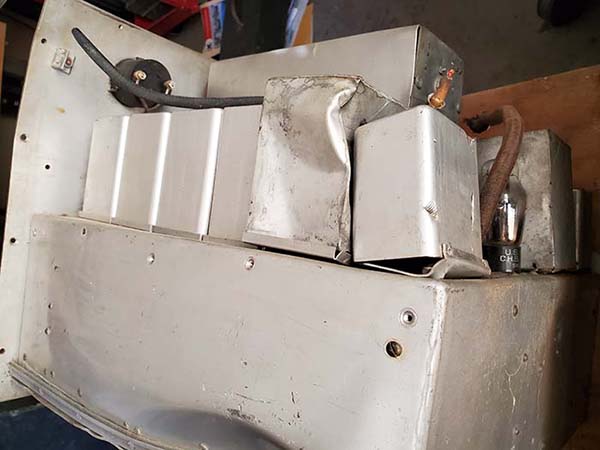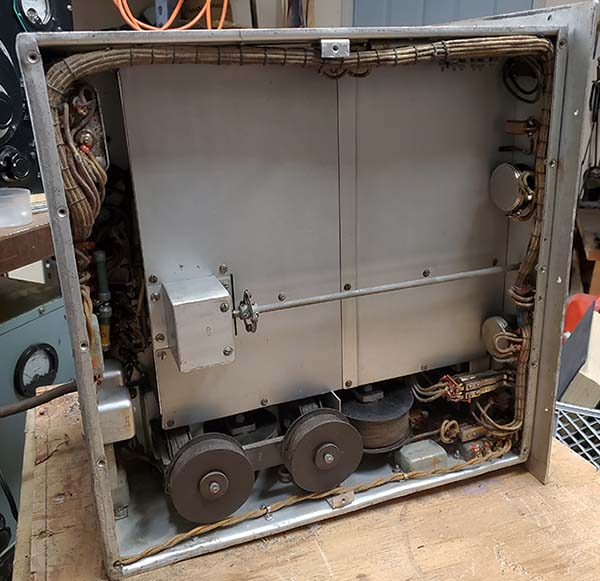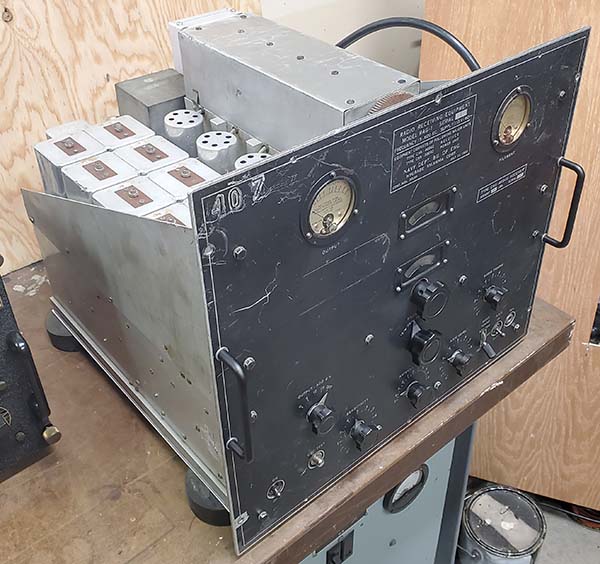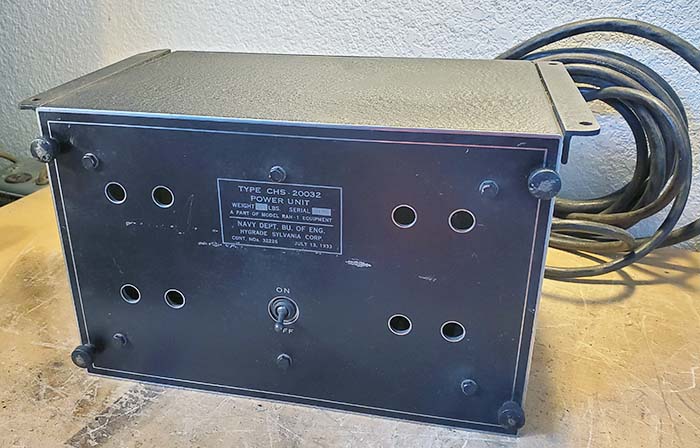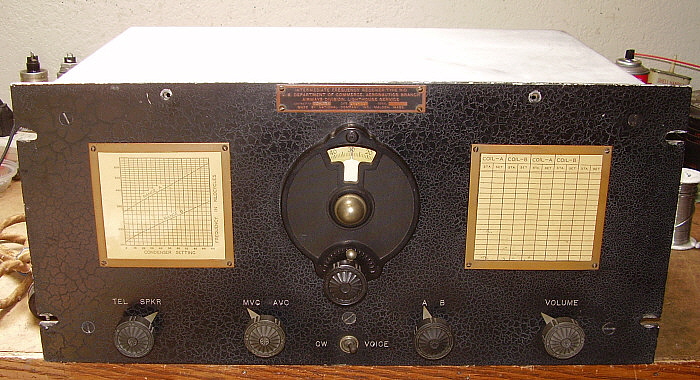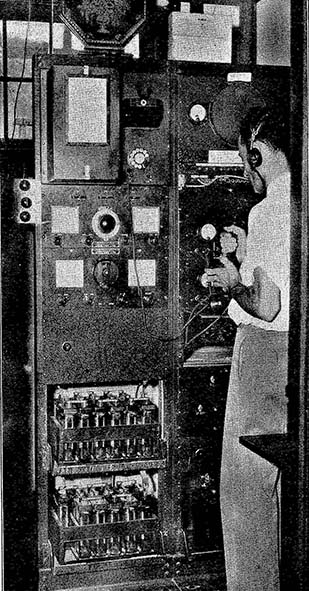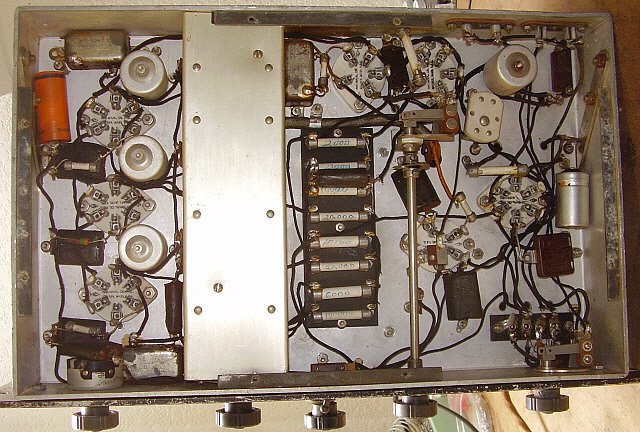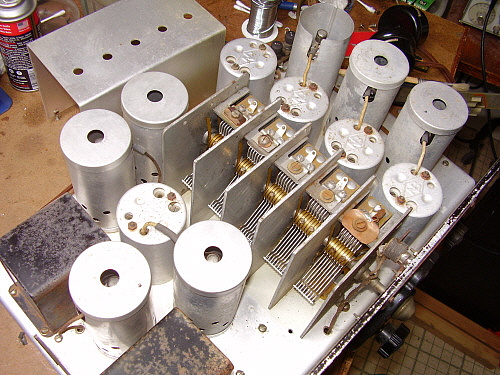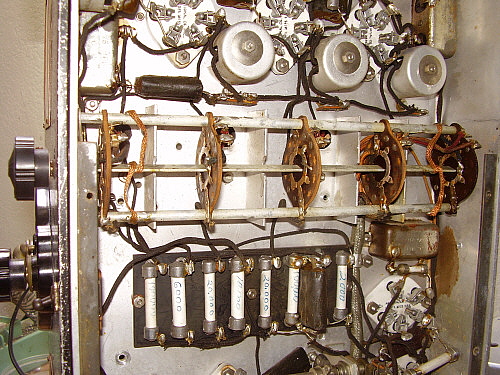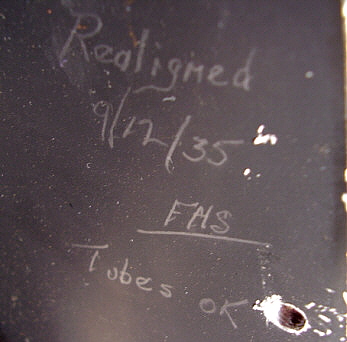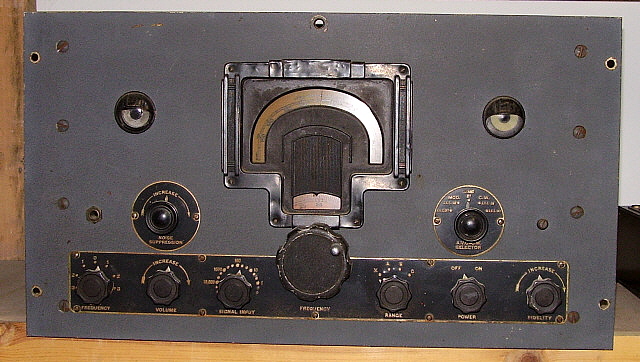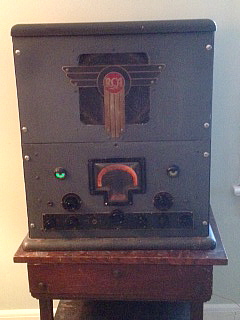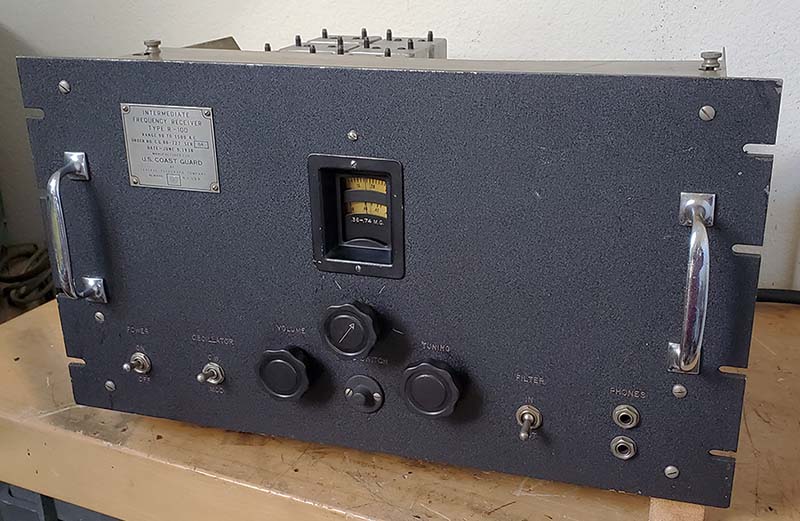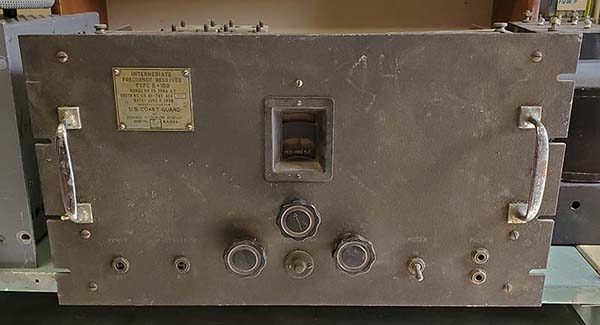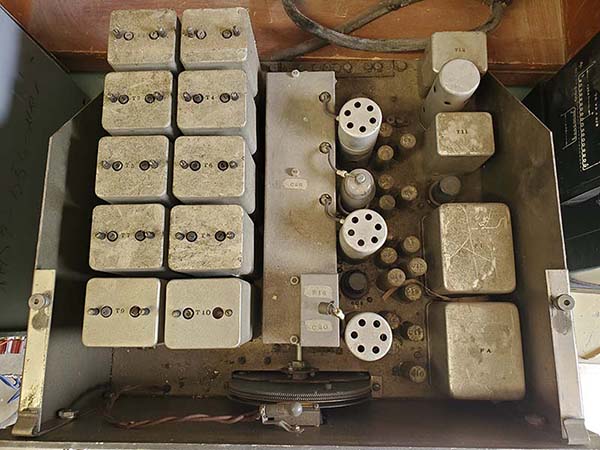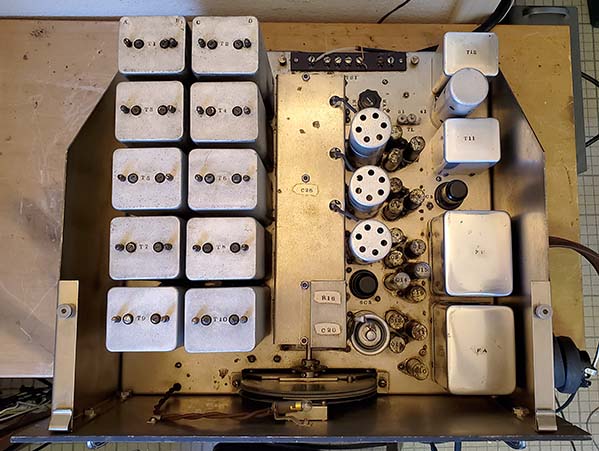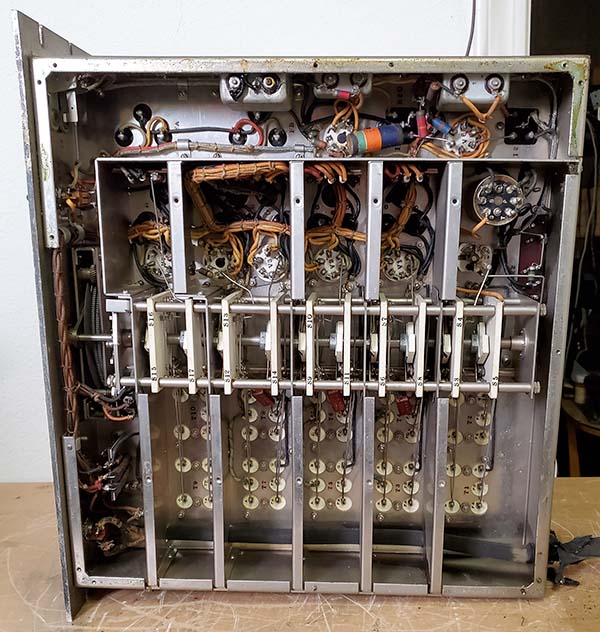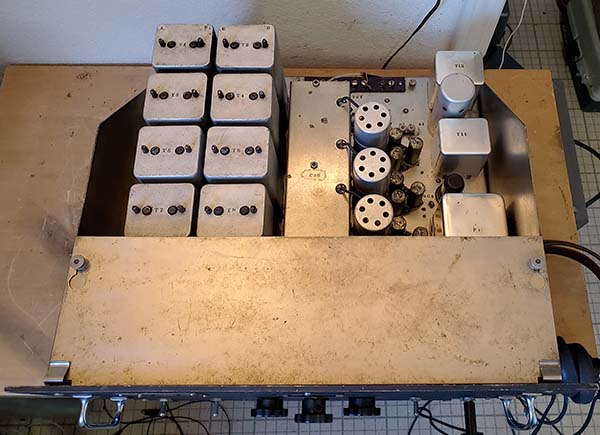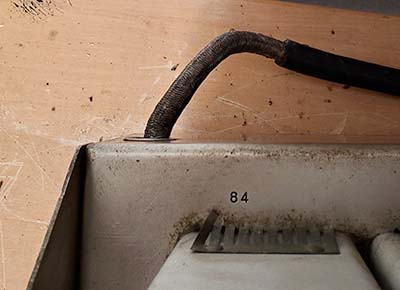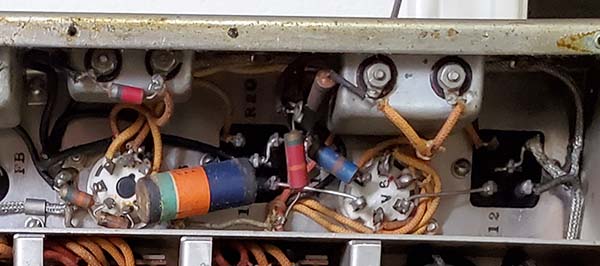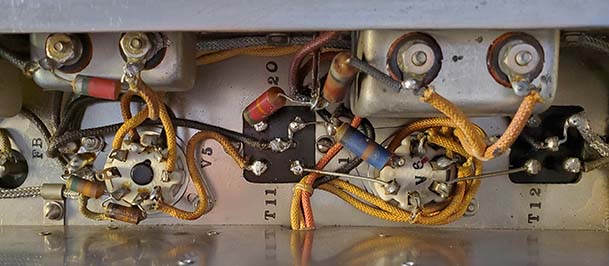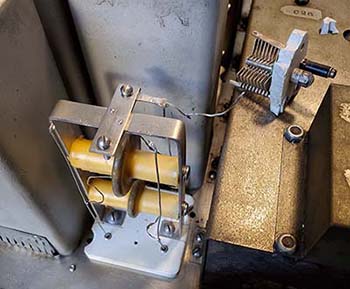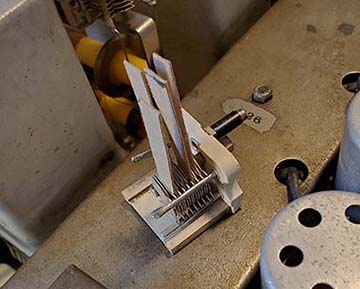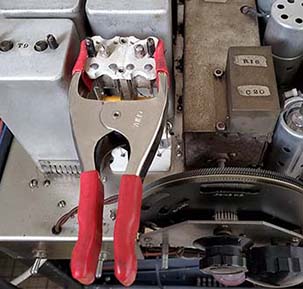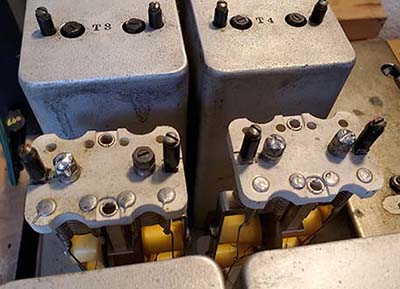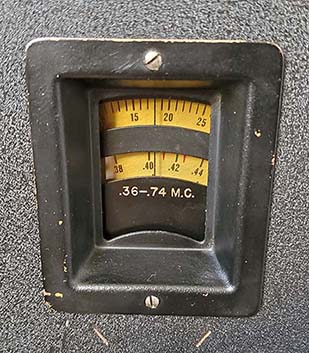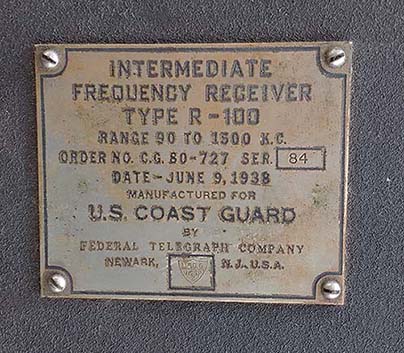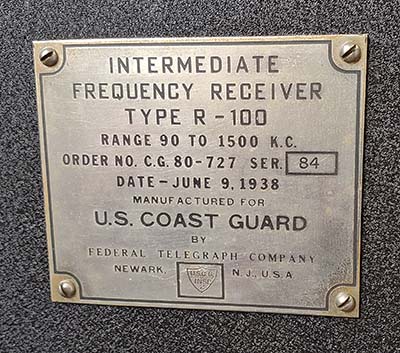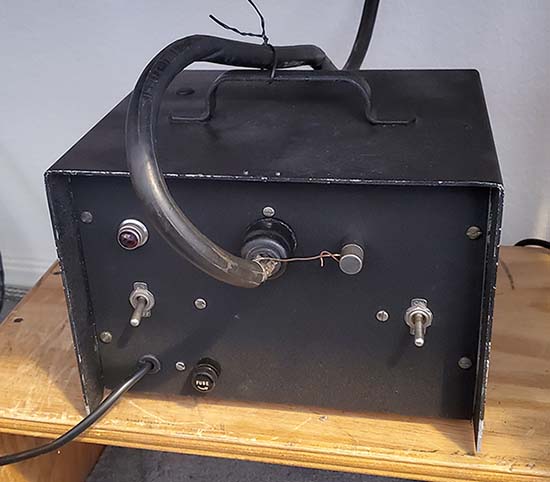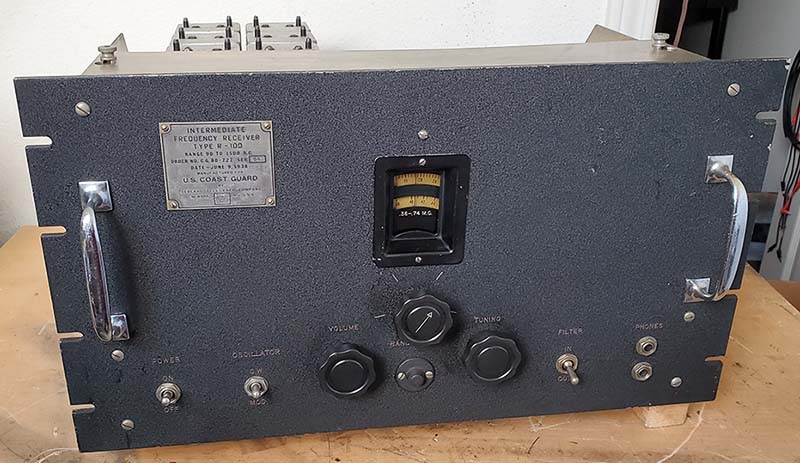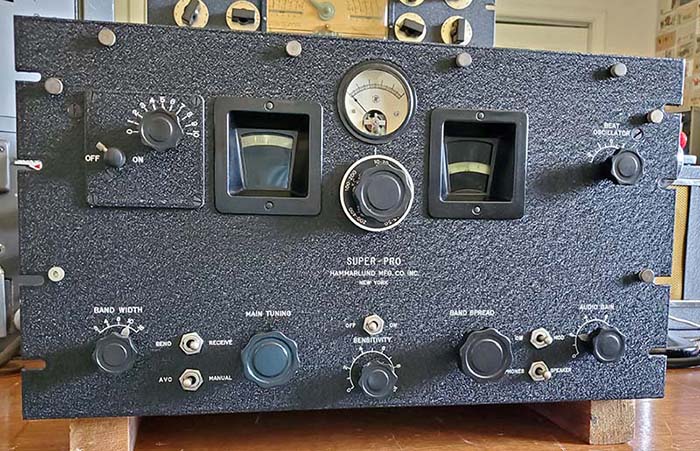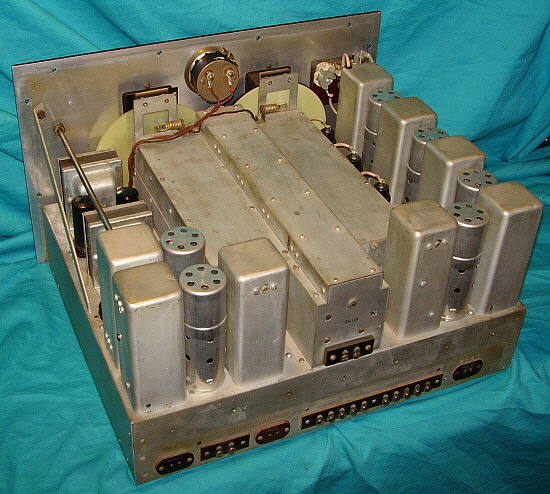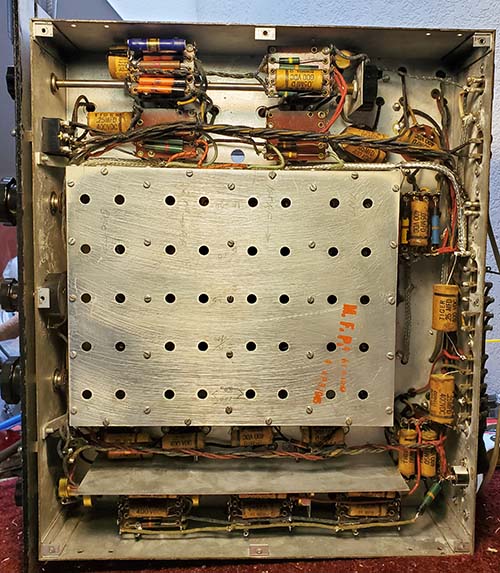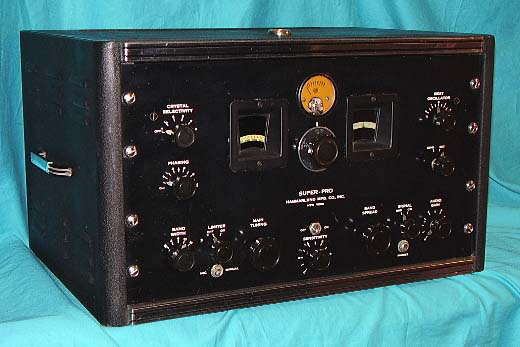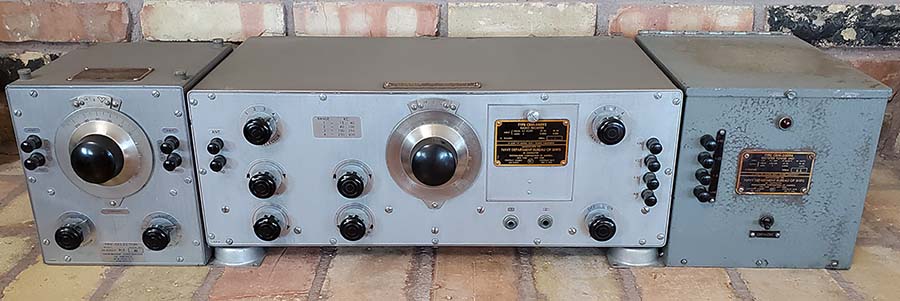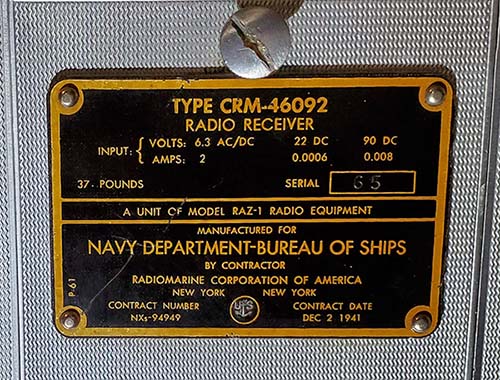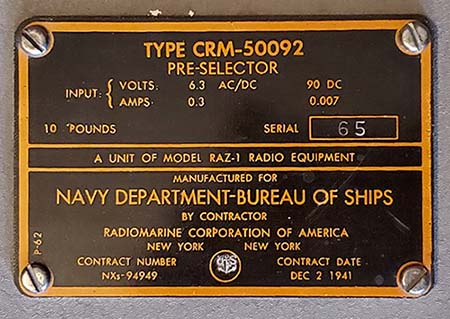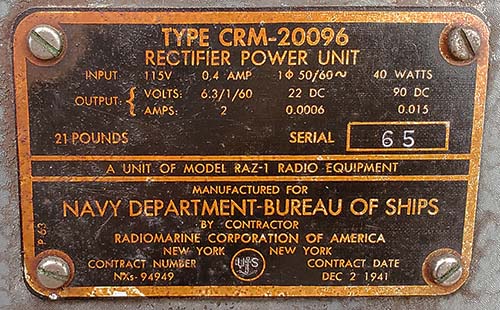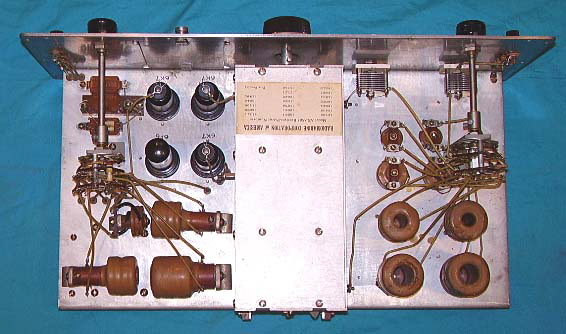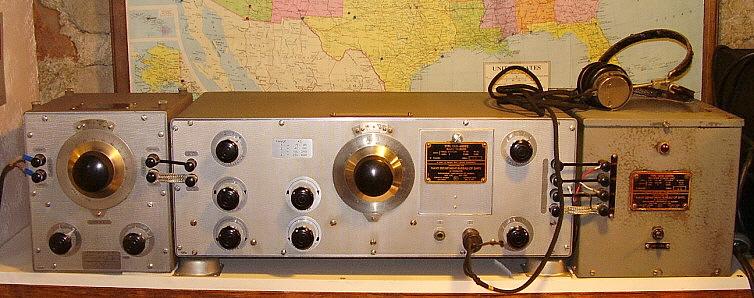Radio Boulevard
Western Historic Radio Museum
Vintage Long Wave Receivers
Restoration and
Performance Testing
Various Models of Vintage LW Receivers
featuring LW Receivers from 1923 up to 1961
in Four Parts
"Long Wave," or LW,
is a commonly used term that refers to all of the EM spectrum below the AM-BC Band.
Proper terminology is Medium Wave, or MW, f range of 300kc to 3000kc,
Low Frequency, or LF, f range of 30kc to 300kc
and Very Low Frequency, or VLF, f range of 10kc to 30kc
by: Henry Rogers WA7YBS
"The Three Sisters" Radio Towers and the NAA Station House at Arlington,
VA ca: 1920
The Navy wireless station at Arlington, Virginia was built in 1912, at
the southwestern end of Ft. Myer, on land that was given to the Navy by
the War Department. After the construction, the
area became known as "Radio, Virginia" but the NAA location was
also often referred to as "Ft. Myer" or "Arlington." The main tower was 600 ft tall
(center in the photo) and two towers flanking the station house were 450 ft tall. The
antenna was a triangular wire array suspended and tilted from the towers. The initial transmitter was a 100KW
rotary spark type but it was soon joined by a more efficient 35KW arc
transmitter. In Sept.
1915, NAA radio-communicated with the Mare Island Naval Shipyard in
California becoming the first direct transcontinental two-way radio communication.
Shortly after that, NAA exchanged a short message with Pearl Harbor becoming
(at that time) the longest distance direct two-way radio communication
at just under 5000 miles. In 1923, two additional towers were added
(250' tall.) In the 1930s, the towers were painted orange due to an
increase in airplane traffic and several "close-calls." Air traffic only
increased and "The Three Sisters" were razed in 1941 due their hazardous
location near the new and very busy Washington National Airport. Prior
to the shutdown, all of the equipment and duties were moved to NSS (built in
1918,) the Navy station at Annapolis. In 1961, the call NAA was
reassigned to the Navy VLF Submarine Communications station at Cutler, Maine.
